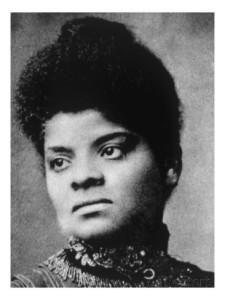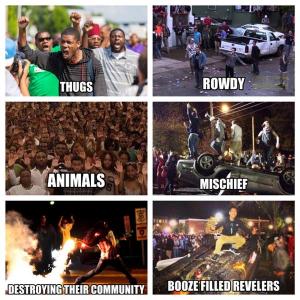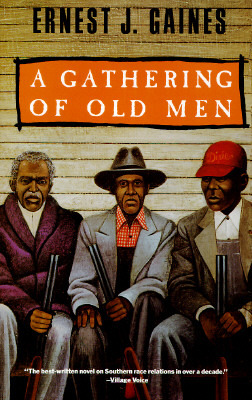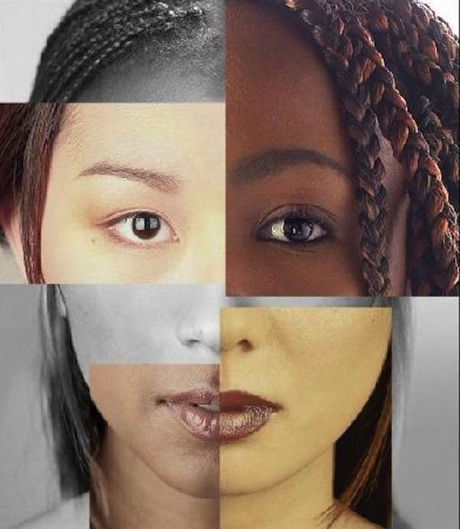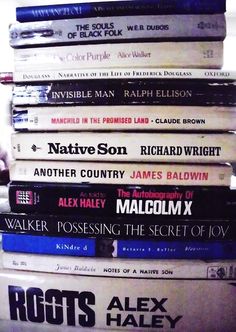Methods and Literary Studies
I used the first half of the semester to become acquainted with Critical Race Theory’s legal and academic scholars, history, its interdisciplinary application, and debates about its future. For this Progressive Annotated Bibliography, I chose to address my focus on literature and literary studies. Although the PABs are not directly addressing issues in African American Literary Studies, the ideas and implications are influential in how to approach the discipline and the texts.
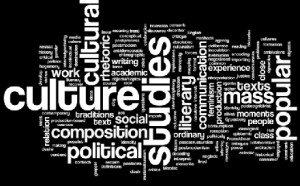
The Cultural Studies word cloud contains many ideas and concepts present in Literary Studies. Where does one discipline begin and the other end?
As we’ve discussed all semester, the field of English Studies as a whole is constantly in flux, as are the various departments that comprise the field and even the internal research and foci of the departments themselves. As Sreevvidya Surendran states in “Of Methods and Methodologies in Literary Studies and Humanities,” the interdisciplinary approach to the study of the humanities no longer centers the research question as the focus of the school but on the method and methodology (Surendran). Although Surendran’s discussion of methods and methodology is worth of discussion in a longer post, what is most relevant for the purposes of this short entry is that an interdisciplinary approach to literary studies means that “the corpus of literary study has suddenly widened to include a cornucopia of diverse media” (Surendran). Surendran notes that this has broadened literary studies so much from its original methods and objects of study that it is “almost melding into that field of terrifying and infinite variety: Cultural Studies” (Surendran). Indeed, as my last paper explained, if everything about a text, from the writer, to reader, to market forces are considered in analysis of the text, then is the focus of my research literary studies or cultural studies? Does the method create the discipline or the discipline define the method? I think these are questions that are at the core of the debates in contemporary Literary and Cultural Studies departments. It comes back to what we have been discussing all semester: How do we define and individuate departments and disciplines and what are the benefits and detriments of those choices, particularly in a field like African American literature which is often a sub-department of English Departments. For example, an interdisciplinary focus in American or British literature (and those terms themselves focus on exclusion as if African American and Black British authors are frequently excluded from the canon), is more easily accomplished in American university with film, history, and sociology departments that contain classes steeped in the dominant. Many institutions of higher education do not have classes, much less departments, that study African American film, sociological impacts of race, etc. While they may be a small part of a class, they are seldom the focus of interdisciplinary departments.
Surendran suggests that “the key is to integrate disparate ideas and identities that teem under the umbrella term of ‘Literature’ and create a method that is not applicable to all, but one that allows itself to be suitably tailored for each research question” (Surendran). Thus, I believe, the major questions in addition to the research questions will guide the approach to history and objects of study rather than artificial boundaries of study and inquiry based upon disciplinary predetermination and departmental posturing. This still doesn’t address the Balkanization of minority studies, but it allows for the attempt to expand the limited research opportunities within a department to other areas of viability.
Works Cited
Surendran, Sreevidya. “Of Methods and Methodologies in Literary Studies and Humanities.” Sociological Imagination. N.p., 27 June 2011. Web. 27 Oct. 2014.
I include a PAB to Aldo Nemesio’s article “The Comparative Method and the Study of Literature” to highlight an interesting debate in the field over methods used. Nemesio criticizes contemporary research as collecting data with an emphasis on the gathering of information rather than the production of knowledge (Nemesio). He claims that repetition of research strategies, methods, theories, and methodologies are in service to celebratory research that does not delve into uncharted territories, but rather rehashes already existing knowledge (Nemesio). Instead of studying what he calls “human literary behavior,” literary researchers seek to further their own cultural models or values at the expense of literary research (Nemesio).
Nemesio delves into the reasons that the study of literature has developed in a certain way, but what’s most interesting to me about his essay is critique of limiting research to a “national” literature. He calls such a focus “professional laziness” and while it produces certainty and cohesion, it does not produce literary research or knowledge (Nemesio). In fact, he claims, it produces situations in which over 6000 articles about Shakespeare are produced in a decade (Nemesio). The volume is not accessible to even the most ardent Shakespeare enthusiast and researcher. Nemesio asserts that production on this scale is not about knowledge, but about “celebration, entertainment, or satisfaction of vanity” (Nemesio).
I include his article here for two reasons: One, it addresses the idea of what methods are used and worthy of literary study. We have talked on many occasions about what disciplines and departments get priority when it comes to status, funding, or faculty. Nemesio advocates a comparative method of literary study in which “nationalist” texts are disfavored and human literary study which incorporates “what happens elsewhere . . . in the comparative method” is elevated (Nemesio). Ascribing to this idea of what “true” literary research is poses a danger for already marginalized departments and studies (such as Asian literature or African American literature) that are already marginalized cultures within the “nationalist” literary tradition. Nemesio is taking a very privileged view of “national” and what literature is by not even considering the possibility that his assumption of what human literary history is excludes a vast number of humans. His attempt at inclusivity is oppressive and his choice of methods reaffirms what already exists in the academy — the larger voices, no matter the canon or “nation”, will be heard.
The second reason I include Nemesio’s article is because it also addresses our class discussions about the role of new media and the web in expanding what literary studies means. He does not elaborate on this point, unfortunately. However, he does critique the volume of materials published every year. I agree with Nemesio that it goes beyond any researcher’s ability to read, digest, and respond. Nemesio, however, goes further and claims that if the purpose of research is to add to the discourse and communicate significant achievements in literature, it is improbable this goal is met and that most writing published is for sheer vanity. I disagree with this glib assessment, but do agree that a difficulty arises in who, what, and how to read the sheer number of texts within a field. How Nemesio eliminates this conundrum through comparative literature and a departure from “nationalist” writing is not quite clear.
This article does lead me to think about the methods used and how some methods are privileged over others. This definitely influences research and literary study through a determination of what methods are available, privileged, and what departments and research questions are given validity. So while not directly related to my line if inquiry, these are things that I need to think about as I develop my career as an academic.
Works Cited
Nemesio, Aldo. “The Comparative Method and the Study of Literature.” CLCWeb: Comparative Literature and Culture. Purdue University, Mar. 2007. Web. 27 Oct. 2014.


